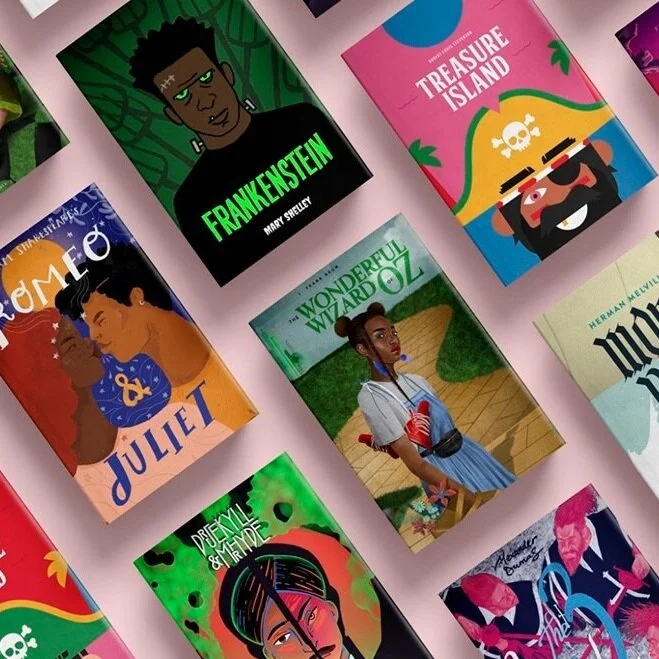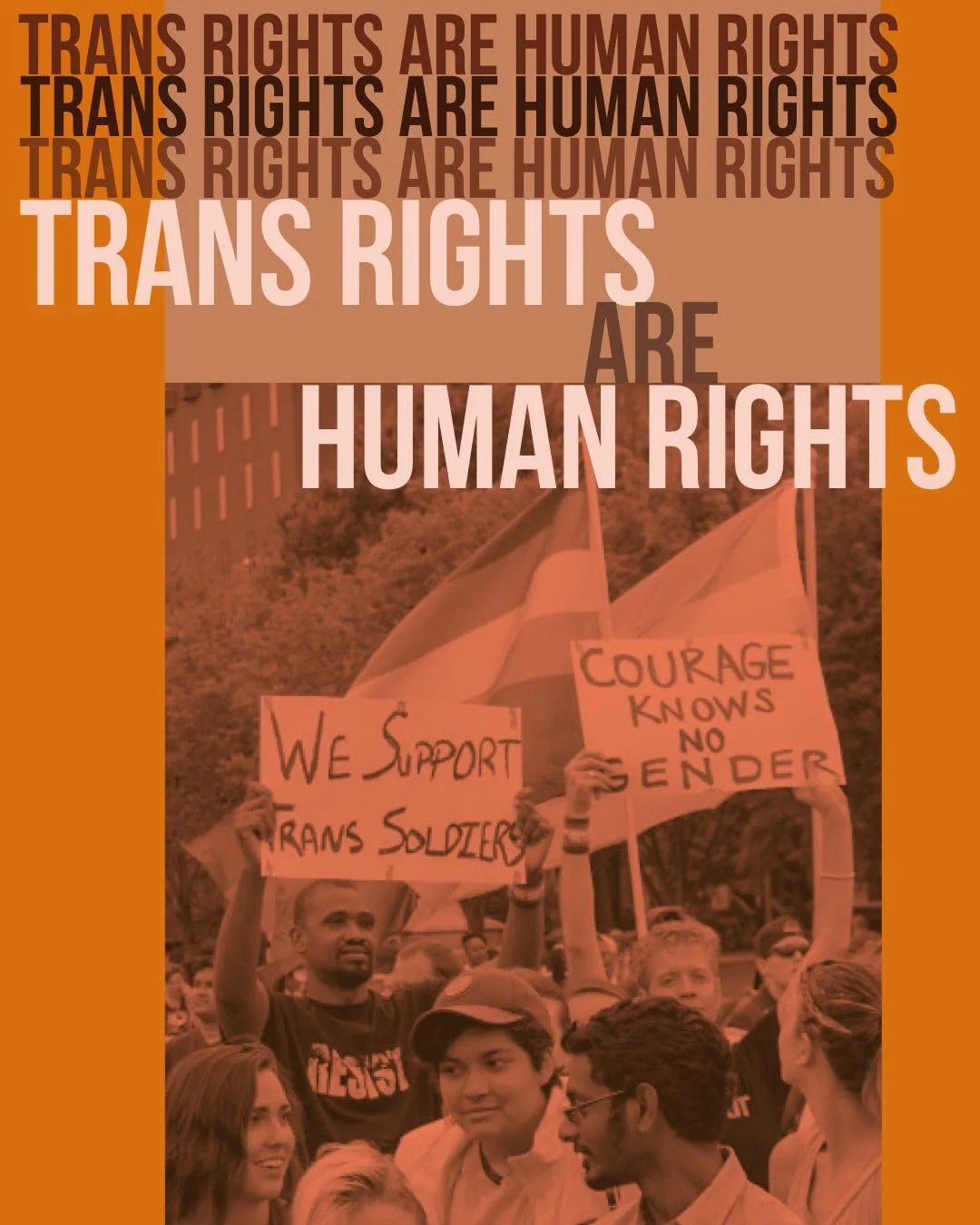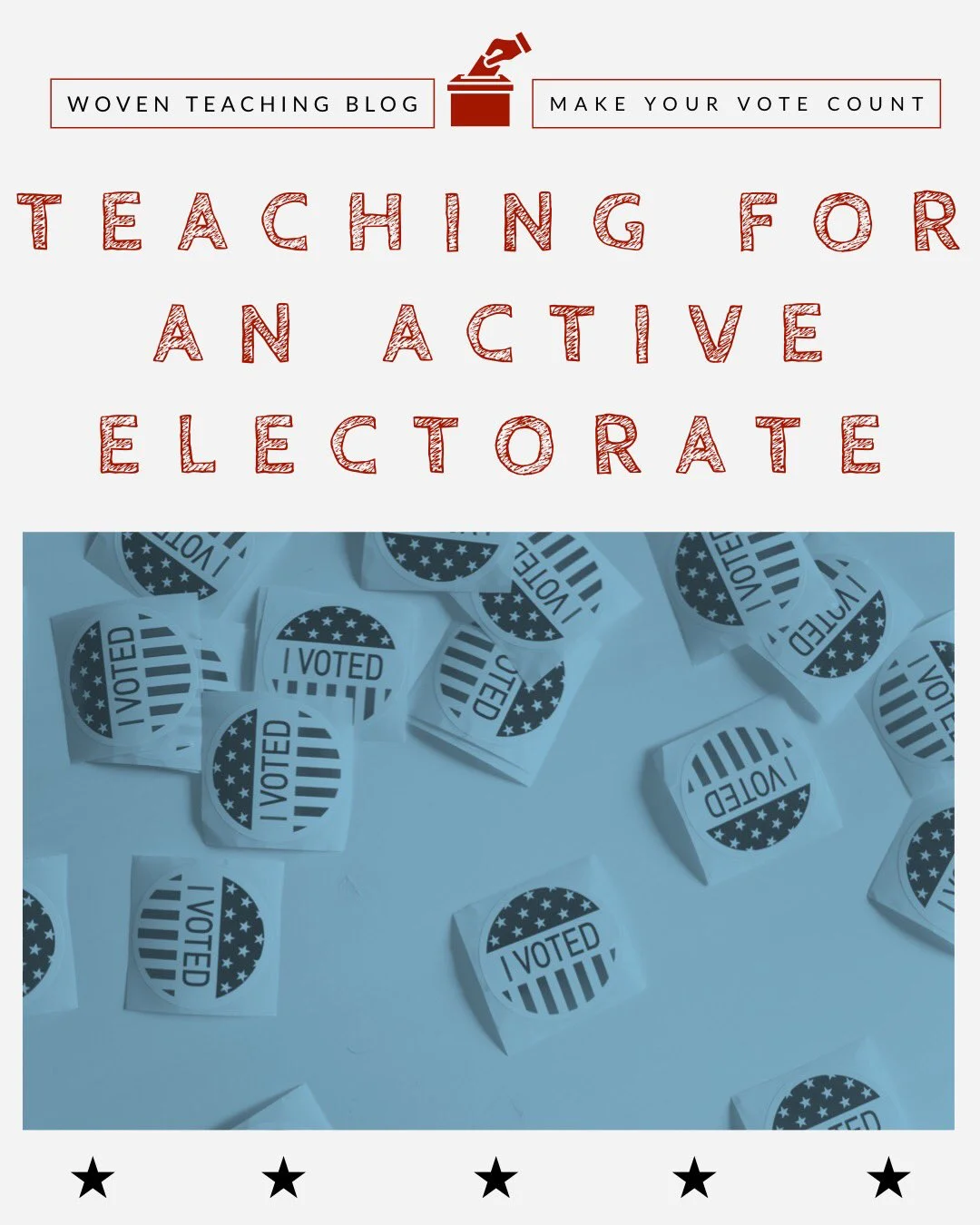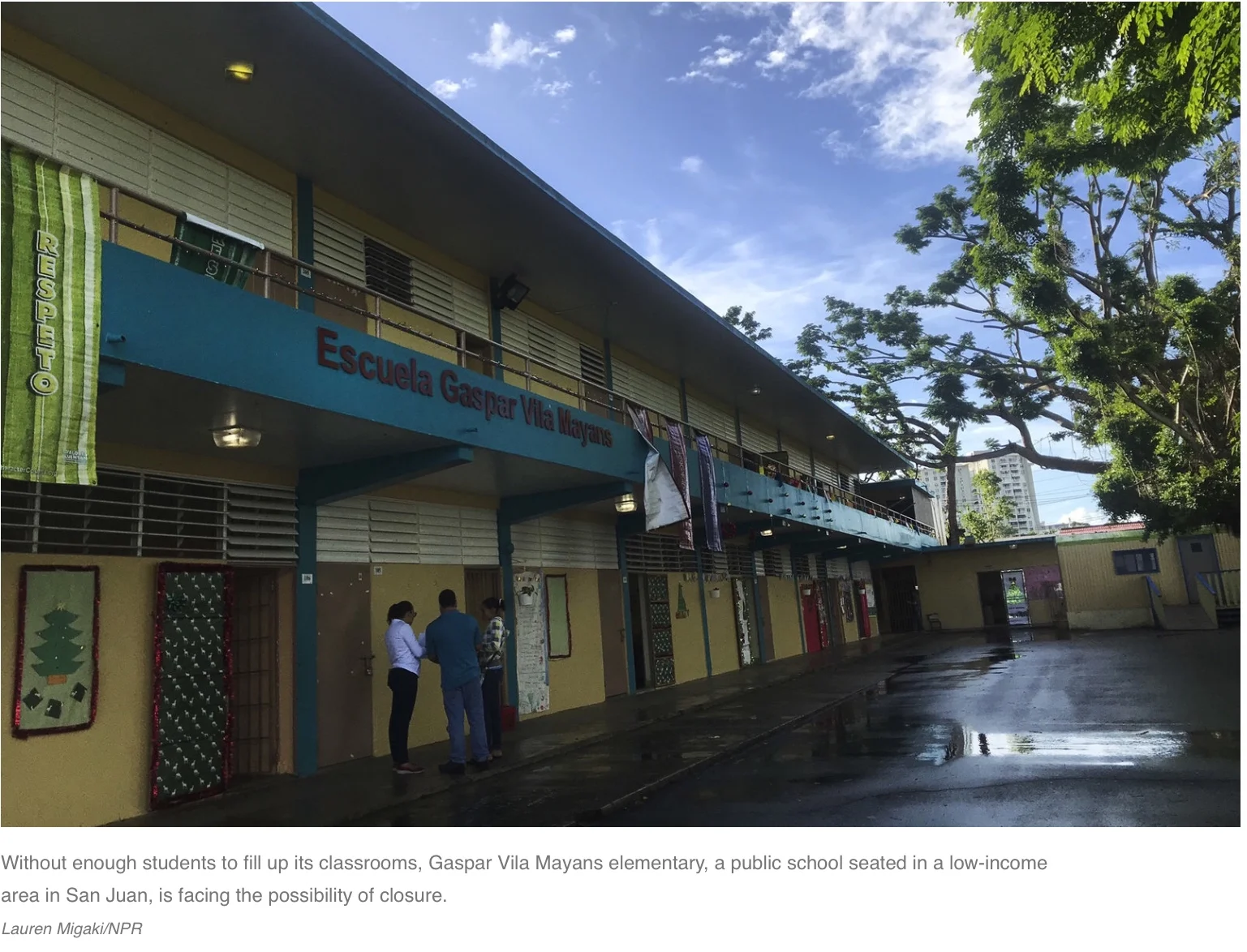Black history is American history and is relevant to all students in the United States. Go beyond the textbook and find ways to teach students about the rich histories of Black Americans – not only their struggles, but also their great contributions and achievements. How will you bring this history into your classroom during February and all year round?
Read MoreAs we go back to the classroom, our world and our students are facing unprecedented challenges and changes in the world around them. Additionally, we know that the past months of living with a pandemic have brought emotional turbulence to our students. One way to combat feelings of isolation is to use the methods and practices of Human Rights Education in your classroom. Woven Teaching’s new lesson provides teachers with the opportunity to teach for, about, and through human rights.
Read MoreWoven Teaching Partner spotlight: The Educators’ Institute for Human Rights (EIHR) envisions cultivating partnerships among educators globally to create materials and deliver training based on the best practices in Holocaust and human rights education.
Read MoreInternational human rights NGO Amnesty International recently published its 2020/21 report on the state of human rights around the world. The report includes information on the status of human rights in 149 countries. Learn more about the report and how to bring it into your classroom!
Read MoreWe are excited to announce the launch of three new lessons for educators! Each is designed for use in high school classrooms and includes background information, student handouts, and additional resources for further study. Topics include: Ten Stages of Genocide, the Black Panther Party, and the genocide in Rwanda.
Read MorePeacEdu is an organization that is dedicated to preventing genocide and mass atrocities through education, storytelling, peacebuilding and healing the wounds caused by the 1994 Genocide against the Tutsi. Learn more from Albert Rutikanga, founder of PeacEdu.
Read MoreThe world has changed dramatically since the last time many students and teachers were in the classroom, so we’ve compiled a list of resources to help navigate the current moment.
Read MoreTo celebrate Black History Month, Barnes and Noble, in partnership with Penguin Random House (PRH), announced their plan to reissue copies of classic novels with covers featuring people of color. The “Diverse Editions“ campaign was met with criticism and skepticism, with some critics calling it “literary blackface”.
Read MoreCalling all students and teachers! Woven Teaching is excited to partner with the JFCS Holocaust Center on the 18th Annual Day of Learning!
Read MoreToday, for World Book Day, Woven Teaching is sharing some of our staff’s favorite books to use in the classroom, as well as examples of current social justice movements these books connect to. Each book demonstrates why teaching about human rights and genocide in our classrooms is a must.
Read MoreOne of the basic tenets of genocide education is that words matter. When teaching about mass atrocities, we ask our students to pay close attention to language. What about the language we hear today in response to the recent terrorist attacks in New Zealand? What are the messages being delivered?
Read MoreIn July 2017, U.S. President Donald Trump announced on Twitter that transgender people would no longer be allowed to serve openly in the military. Several groups pushed back in federal courts, but by January 2019, the Supreme Court lifted two injunctions that had been helping to keep the ban from going into effect.
Read MoreAccording to Article 21 of the United Nations Declaration of Human Rights, everyone has the right to take part in the government of their country, directly or through freely chosen representatives. It is our responsibility as educators to make sure students have the opportunity to engage in the political process.
Read MoreAds from a hate group noted for its history of Holocaust denialism began appearing at two BART stations in downtown San Francisco earlier this month. Holocaust denial is not a new phenomenon but the emergence of Holocaust denial groups and pages on social media continues to be a growing concern.
Read MoreHow do we frame the issue of women’s rights as one of human rights? How does the #MeToo movement fit into this? How do we as educators, discuss this provocative topic in ways that dig deeper than the headlines of glittering celebrities and Hollywood? Finally, how can we position our students to understand the complicated issues that still face women and girls today?
Read MoreWhy is it imperative to include human rights curriculum in education?
Read MoreThe UDHR affects all areas of life, applying to more than mass atrocities.
Read MoreWoven Teaching was started in response to the need for a practical way to integrate human rights into standard history and literature curriculum.
Read MoreWho We Are, What We Do & How We Are Unique
Read More



















